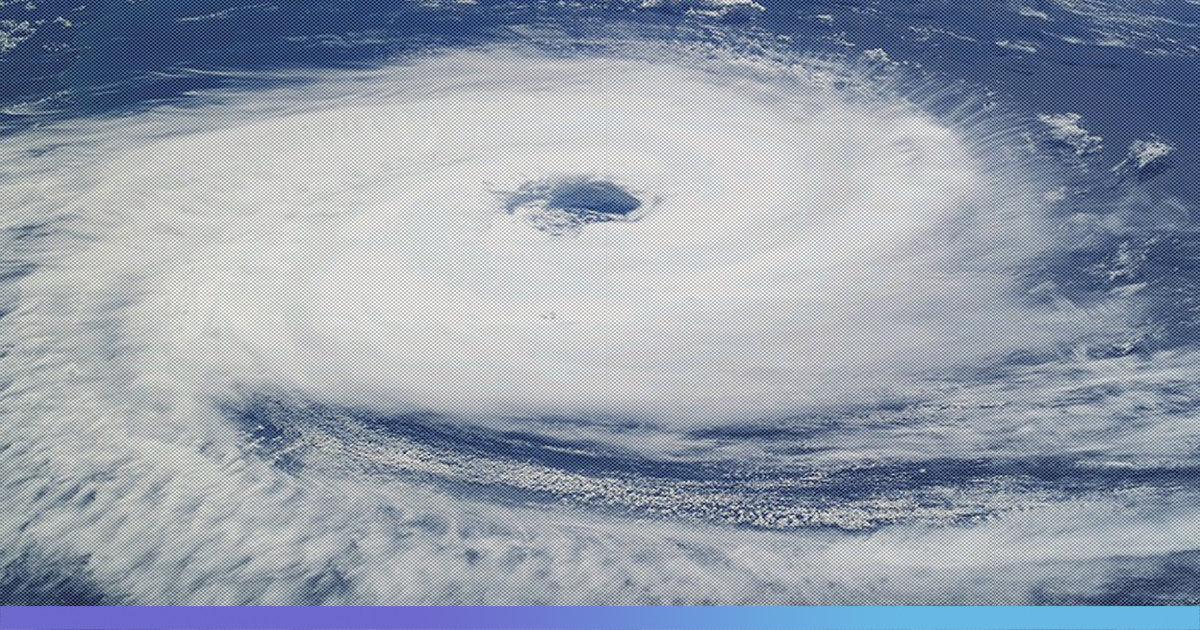
With Cyclone Idai Killing Hundreds, Intensity Of These Storms To Escalate, Say Experts
1 April 2019 5:02 AM GMT
On May 30, 2018, four climate scientists from four Universities published an report that talked about the impact of global warming on the strength of cyclones. In short, they said that while it is difficult to predict whether the number of cyclones will increase or decrease, what is irrefutable, based on an analysis of cyclones in the past 30 years, is that the intensity of the cyclones will keep on increasing.
“A significant global increase can be found in all storms…although some of the trend may be owing to improved observation technique, this provides some evidence that a global increase in the most intense tropical storms due to global warming is not just predicted by models but is already happening,” the report said. Last two weeks have seen events that support this claim.
Cyclone Idai kills hundreds
On March 14, 2019, Mozambique, Zimbabwe, and Malawi were hit by the Tropical Cyclone Idai. The Guardian reported that the cyclone first hit on 4th March causing heavy rainfall, it changed course and moved over the sea where it increased in strength to a category 3 hurricane. It returned to the mainland on March 14, and this time brought wind-speeds up to 185km/hr and more than 6 inches of rainfall within 24 hours. Later it moved inland to Zimbabwe.
The report showed satellite images of the catastrophic flooding caused by the cyclone. The flooded area was calculated to be around 2,165 km2.

As of last week, the death toll was reported to be 750 and nearly 1,10,000 were reported to be in camps. But these are being reported to be preliminary with the final toll predicted to be greater than 1,000. This might be the worst ever disaster to strike the southern hemisphere, with more than 2.6 million people affected across three countries.
A week later, Australia was hit by two category-4 cyclones almost simultaneously. Cyclone Trevor struck the Northern Territory with wind speeds of the order 250km/hr while Cyclone Veronica was bearing down on the Western Australian region of Pilbara with heavy rainfall and wind speeds up-to 200km/hr. According to the tweet by ABC Emergency, “…this is only the second time in Australian history that such a weather event has occurred.”
��Both category 4 Cyclones are due to make landfall today, which would be only the second time in Australian history that such a weather event has occurred. #WorldMeteorologicalDay #CycloneVeronica #CycloneTrevor pic.twitter.com/XbMS6tWDrt
— ABC Emergency (@ABCemergency) March 23, 2019

Although no deaths were reported, thanks to the early warning and evacuation by the authorities, extreme flooding and damages to property were reported as the cyclones receded. Since then, there have been several reports on climate change making cyclones more severe.
Natural Disasters have no regard for political boundaries. When they strike, the destruction is without discrimination and if the data is anything to go by then we are facing an imminent danger of such disasters hitting with greater ferocity in the near future, which will undoubtedly result in greater damage than what we have witnessed till now. This is a risk that we can no longer afford to ignore, and this should be a wake-up call for governments worldwide to start acting and delivering on their climate goals.
Also Read: Cyclone Titli Kills Eight In Andhra Pradesh & 1 In Odisha, Causes Extensive Damage
 All section
All section













